- Home
- Plumbing
- Water Heaters
- Replacement Parts Accessories For Water Heaters
Replacement Parts & Accessories for Water Heaters
Water heater replacement parts and accessories aid in the installation, maintenance, and repair of water heaters. Accessories modify or enhance the functionality of water heaters. Read Less
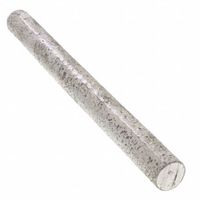
Anode Rods for Water Heaters
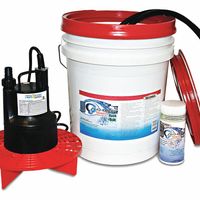
Cleaners & Descalers for Water Heaters
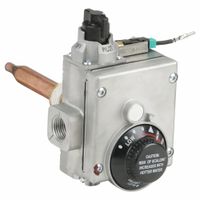
Controls for Water Heaters
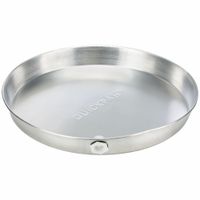
Drain Pans for Water Heaters
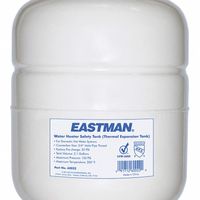
Expansion Tanks for Water Heaters
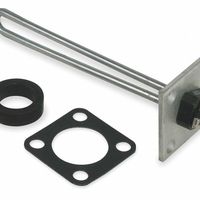
Heating Elements for Electric Water Heaters
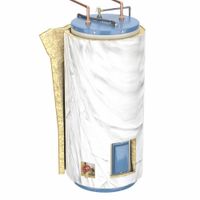
Insulation Blankets for Water Heaters
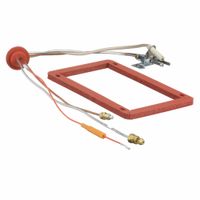
Pilot Assemblies for Gas Water Heaters
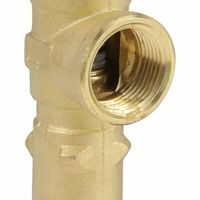
Relief Valves for Water Heaters
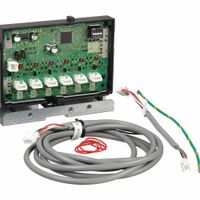
Retrofit Kits for Water Heaters
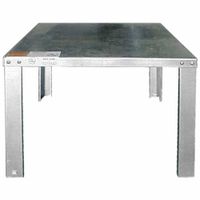
Stands & Supports for Water Heaters
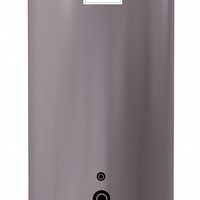
Storage Tanks for Water Heaters
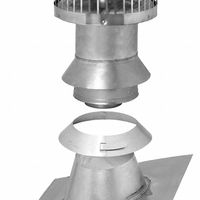
Venting Kits for Water Heaters
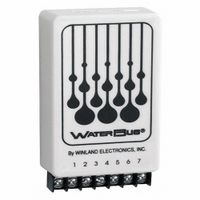
Water Detectors
Frequently Asked Questions
What are the essential water heater replacement parts?
How do I choose the right water heater accessories for installation?
Where can I buy water heater replacement parts?
How often should water heater parts be replaced?
What tools are needed for water heater maintenance and repair?
Can I install water heater accessories myself, or do I need a professional?
What are the signs that a water heater part needs replacement?